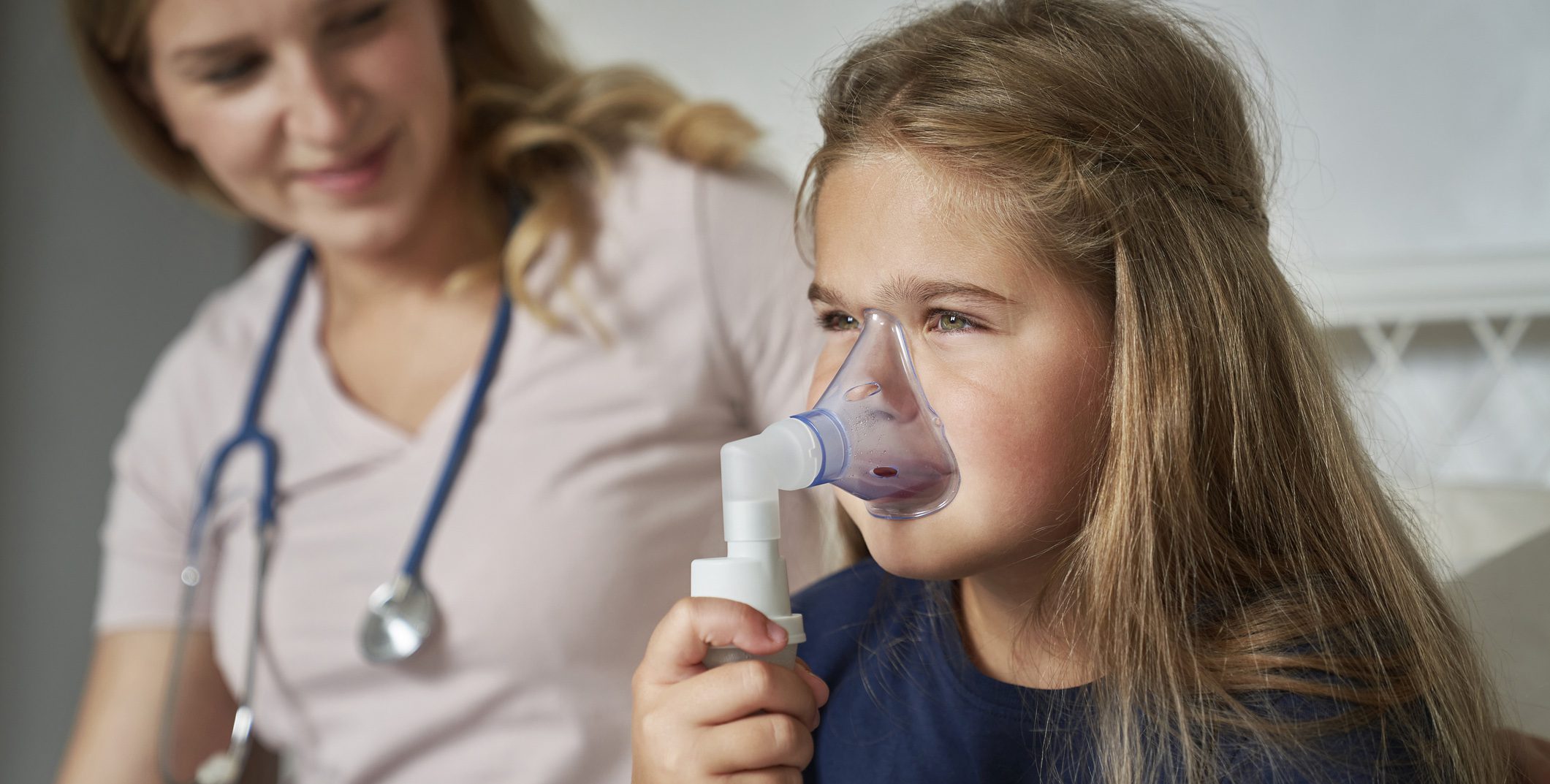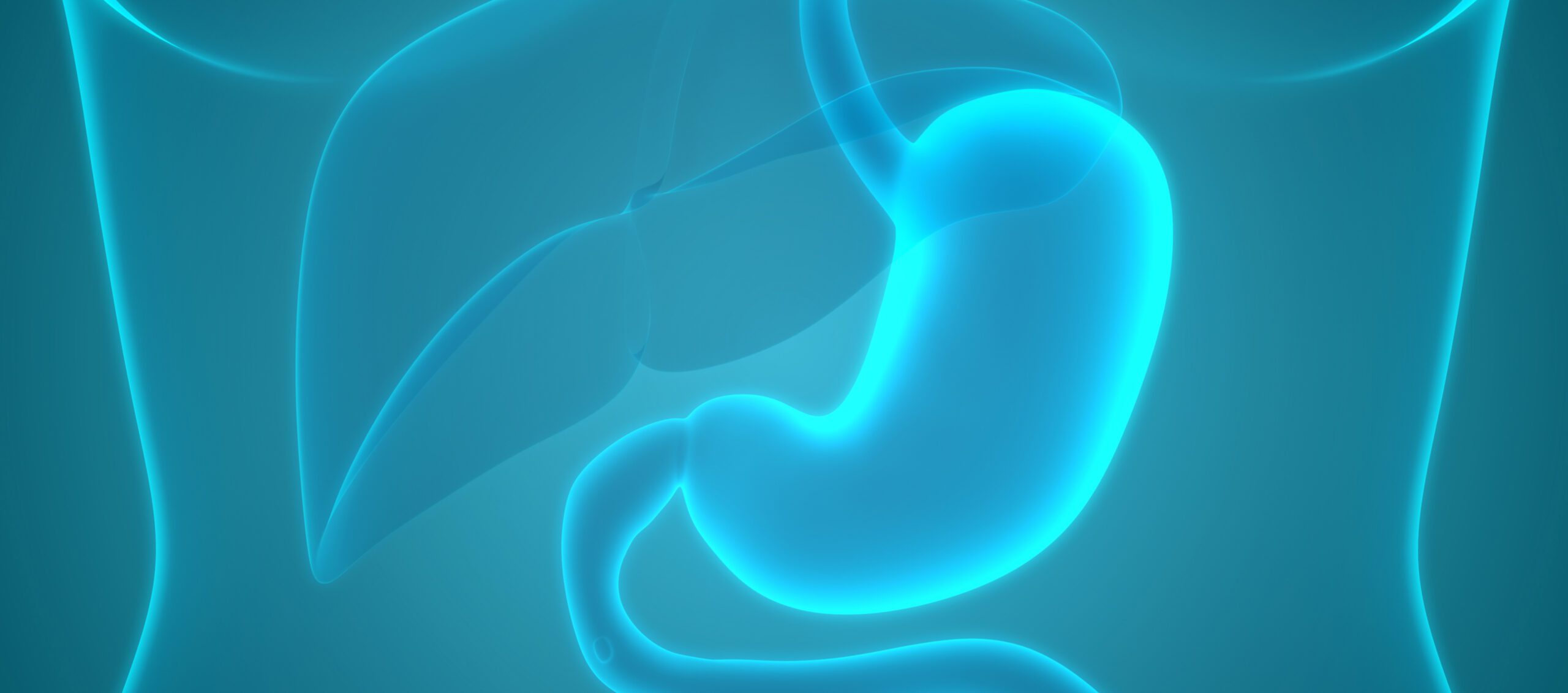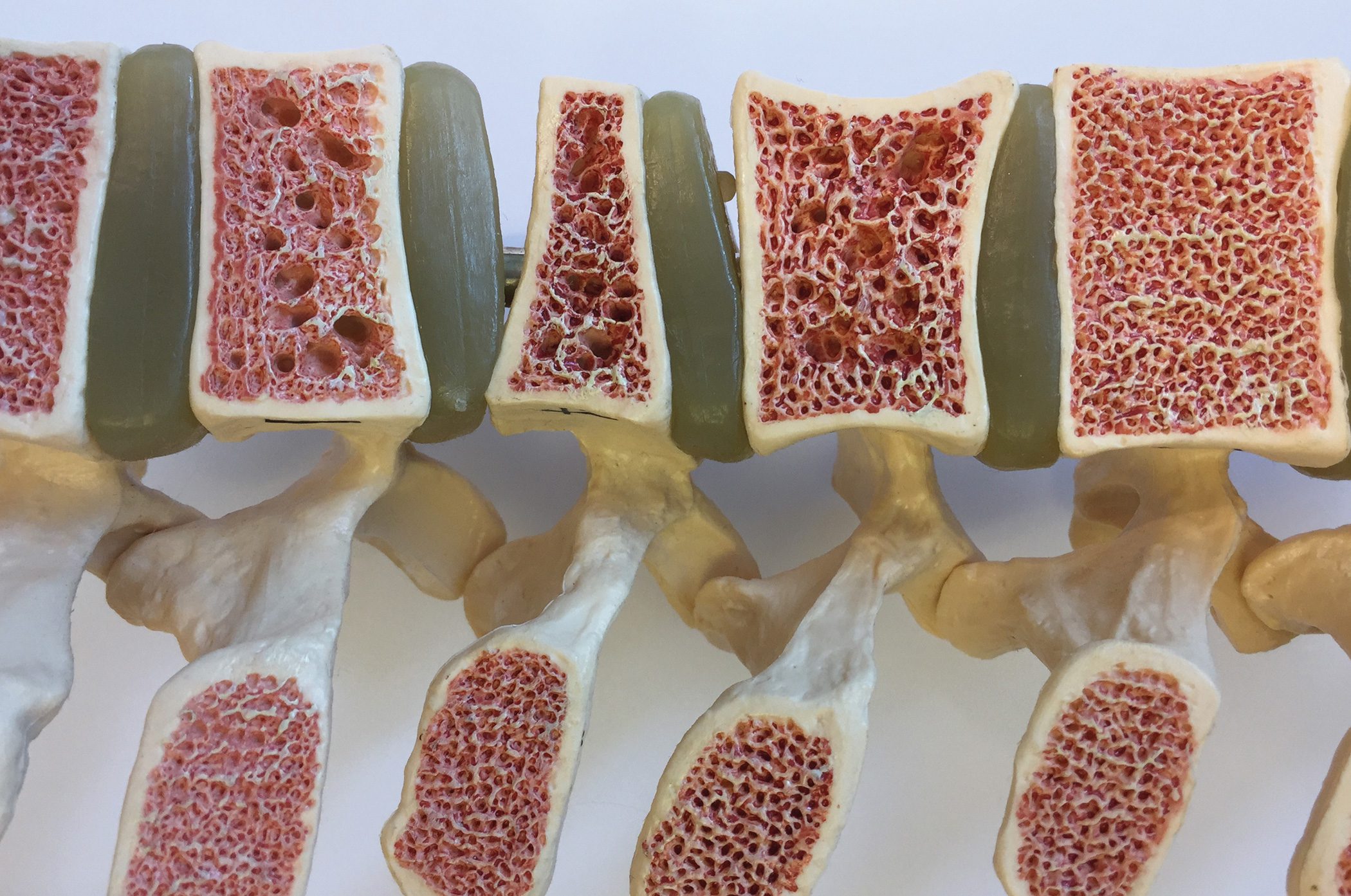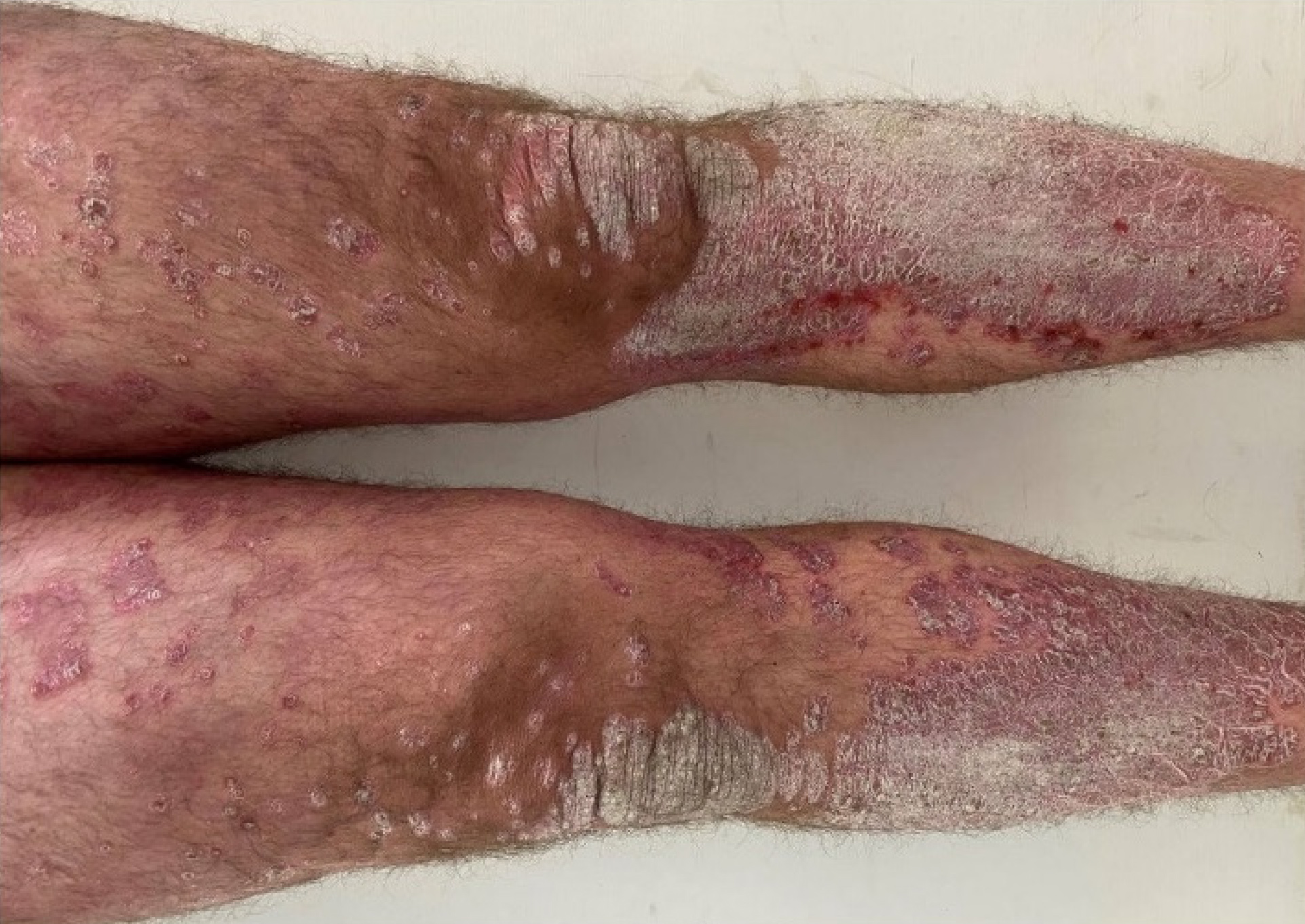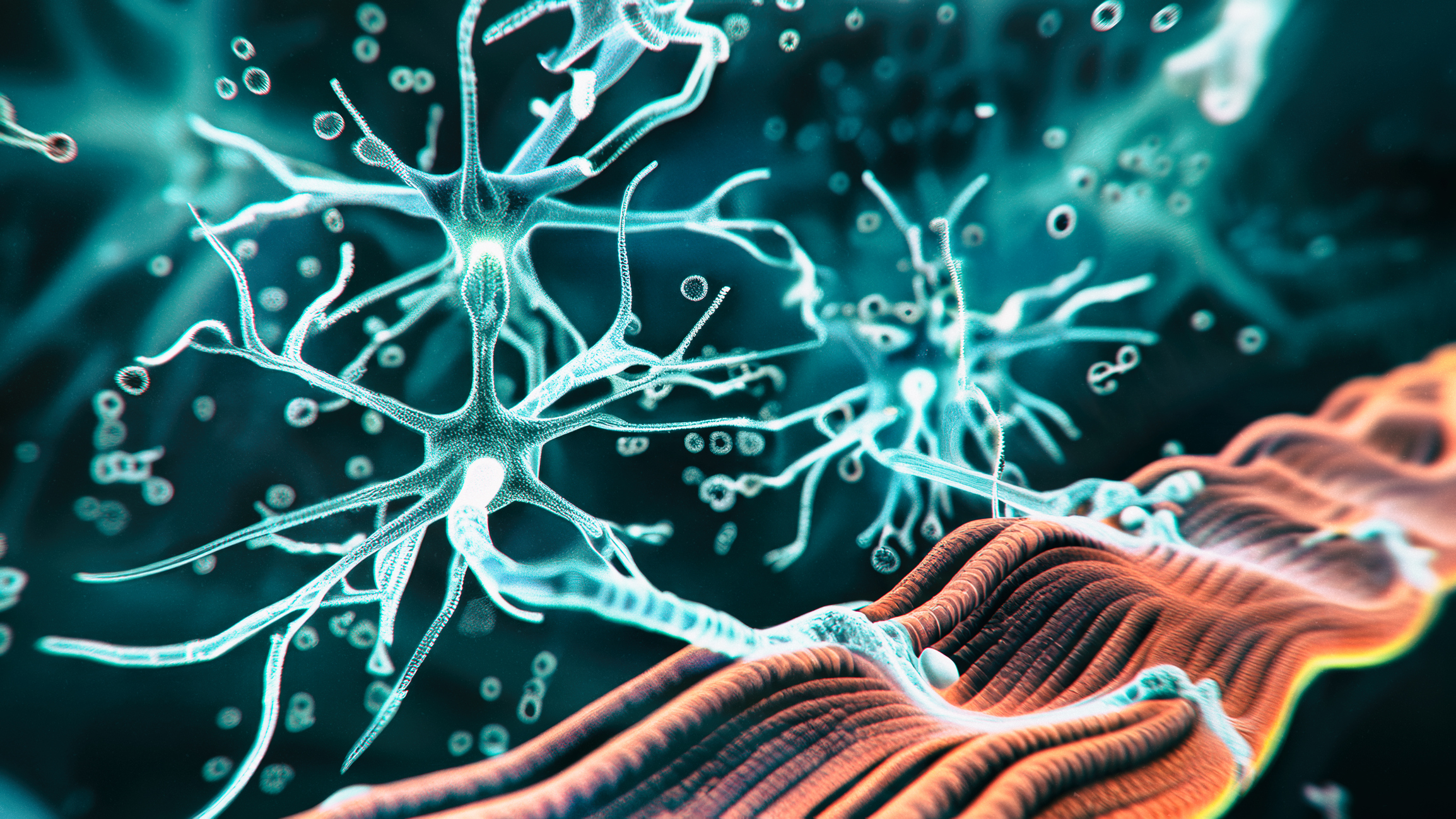Oral lichen planus is the most common oral mucosal disease. The therapy aims to prevent inflammation and pain. Since 2011, there has been an interdisciplinary stomatology consultation at Inselspital Bern, led by Prof. Dr. med. et Dr. phil. nat. Laurence Feldmeyer, Head of Dermatolopathology, together with PD Dr. med. dent. Valérie Suter, senior physician for oral surgery and stomatology.
Oral lichen planus (OLP) is an inflammatory mucodermatosis that occurs in middle to old age. According to current knowledge, this is a T-cell-mediated autoimmune reaction against the basal epithelial keratinocytes. CD8+ T lymphocytes are considered the main trigger, explained Prof. Feldmeyer [1]. 60-75% of those affected are women [1]. As a rule, the planum buccale and the tongue are primarily affected in OLP; involvement of the gingiva is less common, but can occur. The main clinical features are reticular or lacy, bluish-white, linear lesions (Wickham’s stripes) [2]. The erosive forms of OLP in particular are classified as precancerous.
In 1968, Andreasen proposed a classification of OLP into six different clinical forms [3]:
- Reticular type: characterized by whitish, fern-like stripes (Wickham’s stripes).
- Papular type: is characterized by small, white papules and is also regarded as the early stage of the reticular form.
- Plaque-like type: characterized by extensive white, non-wipeable lesions that may resemble leukoplakia
- Atrophic type (also known as erythematous type): characterized by a thinning of the epithelium, resulting in reddish areas in addition to whitish lesions.
- Ulcerative type: can sometimes show very large, fibrin-covered ulcerations in the center of the lesion, surrounded by a periphery with typical lichenoid markings.
- Bullous type: is characterized by fragile vesicles that usually burst quickly.
Around half of patients with OLP have a symptomatic form. In order to confirm the diagnosis histopathologically, a biopsy must be taken from the affected area [4]. Histologically, the typical morphological picture of interface dermatitis is found with a compact stratum corneum (ortho-hyperkeratosis) and a sawtooth-like protrusion of the retele ridges (acanthosis). Another characteristic is a vacuolar degeneration of the basal cell layer; the formation of subepithelial vesicles (lichen planus bullosus) is possible. In addition, numerous Civatte bodies can be detected and a lichenoid lymphohistiocytic infiltrate can be seen beneath the epidermis.
In up to 10% of cases, the nails are also affected: in addition to nail bed discoloration, longitudinal grooves and lateral thinning, there may be complete loss of nail matrix and nail with scarring of the proximal nail fold on the nail bed (pterygium formation) [2].
What are the most important differential diagnoses?
Lichenoid changes, oral leukoplakia, lupus erythemathodes and the entire spectrum of autoimmune blistering diseases should be considered in the differential diagnosis [5]. In patients who mainly show erosive changes in the gingival area, the most important differential diagnosis is mucosal membranous pemphigoid (MMP). In unclear cases and to rule out bullous diseases, direct and indirect immunofluorescence and the determination of autoantibodies by ELISA (e.g. desmoglein 3 or BP180/BPAG2) are recommended.
Oral lichenoid lesions that manifest unilaterally in the vicinity of potential allergy triggers (e.g. amalgam) may be allergic contact stomatitis. An allergic reaction is also possible if the patient has already had the filling for many years. There are also many drugs that can cause lichenoid lesions as an expression of a hypersensitivity reaction (e.g. non-steroidal anti-inflammatory drugs, ACE inhibitors, thiazide diuretics, antimalarials, beta-blockers, oral antidiabetics, antibiotics, tricyclic antidepressants, allopurinol, PD-1 inhibitors) [1].
Erosive, ulcerative OLP lesions are associated with a risk of malignancy, which is why these patients should be checked once a year, advised Prof. Feldmeyer [1]. According to the literature, malignant transformations form in 0-9% of OLP cases [6]. The check-up can be carried out by a family doctor, dermatologist or dentist.
What treatment options are available?
A symptomatic form of OLP with atrophic and/or erosive-ulcerative lesions leads to a reduction in quality of life due to functional limitations, inflammation and pain. According to the speaker, there are currently only symptomatic therapies [1]. The aim of the therapy is primarily to relieve pain and improve quality of life. There is no need for treatment in asymptomatic OLP. In addition to drug treatment, optimization of oral hygiene and dental hygiene 2-3 times a year are important accompanying measures. In addition, dentures should be adjusted regularly to avoid mechanical irritation (Köbner phenomenon). The majority of patients can be successfully treated with topical agents. Topical corticosteroids are considered the first choice and topical tacrolimus as a second-line option. There are some products that have been specifically designed for use on the oral mucosa (Table 1). If patients do not respond sufficiently to topical corticosteroids, the speaker recommends first using a mouth rinse with tacrolimus 0.03%, which is prepared by the pharmacist as a magistral formulation. With regard to topical calcineurin inhibitors (TCI), Prof. Feldmeyer mentioned that they are a very effective treatment option, but that patients need to be monitored closely, as the risk of malignancy is unclear with long-term use.
In erosive OLP, oral corticosteroids can be added (first-line) or methotrexate or apremilast (second-line) depending on comorbidities and side effects [1]. Newer systemic therapy options are anti-IL-17 (secukinumab), anti-IL-23 (guselkumab) and JAK-i. In cases of erosive stomatitis where it is not certain whether it is OLP or MMP, they usually start with topical steroids, the speaker said [1].
Some selected therapy studies at a glance
A study published in JEADV in 2022 (n=57) confirmed that topical tacrolimus greatly reduces symptoms and improves quality of life in many OLP patients [7]. Although complete remission was only achieved in a small proportion of cases, high rates of major remission were observed, accompanied by an improvement in symptoms from a subjective perspective. With regard to treatment frequency, it has been shown that the rinsing solution has a relatively rapid effect when used twice a day and that the same effect can be achieved after a few weeks with a rinsing frequency of once a day.
In a randomized controlled trial published in 2024, the combination of oral acitretin plus topical triamcinolone acetonide (TAC) proved to be more effective than TAC monotherapy. At week 28, a significantly higher proportion achieved a 75% reduction in the Oral Disease Severity Score with combination therapy (n=31) compared to monotherapy (n=30) [8].
Apremilast is a treatment option with very few side effects, which is very effective in around half of patients. In a case series published in 2022, 6 out of 11 patients achieved symptom improvement at week 12 [9]. Further studies confirm the good treatment outcome of this PDE-4 inibitor, such as a case report published in 2016 [14].
With regard to the newer systemic treatment options, the speaker mentioned a study on Janus kinase (JAK) inhibitors, which supports their use in lichen planus. Interferon-γ enhances cell-mediated cytotoxicity against keratinocytes via JAK2/STAT1 in lichen planus. For example, tofacitinib, a selective JAK1/JAK3 inhibitor, is suitable for this indication, the study authors concluded [10].
However, promising treatment results have also been achieved with upadacitinib and barictinib in studies [11,15].
Congress: Swiss Derma Day and STI reviews and updates
Literature:
- “Oral Lichen”, Prof. Dr. med. et Dr. phil. Nat. Laurence Feldmeyer, Swiss Derma Day and STI reviews and updates, 11.01.2024.
- “Lichen planus”, Shinjita Das, www.msdmanuals.com,(last accessed 16.04.2024).
- Andreasen JO: Oral lichen planus. 1. a clinical evaluation of 115 cases. Oral Surg Oral Med Oral Pathol 1968; 25: 31-42.
- “Current guidelines for the treatment of lichen ruber planus mucosae. A Conclusion of the Literature”, Amila Šarić, 2009; https://online.medunigraz.at,(last accessed 16.04.2024).
- Bornstein MM, et al: Oral lichen planus: diagnosis, therapy and aftercare. Deutsche Zahnärztliche Zeitschrift 2012; 67 (10), www.online-dzz.de,(last accessed 16.04.2024).
- Fitzpatrick SG, Hirsch SA, Gordon SC: The malignant transformation of oral lichen planus and oral lichenoid lesions: a systematic review. J Am Dent Assoc 2014; 145(1): 45-56.
- Utz S, et al: Outcome and long-term treatment protocol for topical tacrolimus in oral lichen planus. J Eur Acad Dermatol Venereol 2022; 36(12): 2459-2465.
- Vinay K, et al: Oral Acitretin Plus Topical Triamcinolone vs Topical Triamcinolone Monotherapy in Patients With Symptomatic Oral Lichen Planus: A Randomized Clinical Trial. JAMA Dermatol 2024; 160(1): 80-87.
- Perschy L, et al: Apremilast in oral lichen planus – a multicentric, retrospective study. J Dtsch Dermatol Ges 2022; 20(3): 343-346.
- Shao S, et al: IFN-γ enhances cell-mediated cytotoxicity against keratinocytes via JAK2/STAT1 in lichen planus. Sci Transl Med 2019; 11(511): eaav7561.
- Landells FM, et al: Successful treatment of erosive lichen planus with upadacitinib complicated by oral squamous cell carcinoma. SAGE Open Med Case Rep. 2023 Nov 16;11:2050313X231213144.
- Swissmedic: Medicinal product information, www.swissmedicinfo.ch,(last accessed 16.04.2024).
- Didona D, et al: Therapeutic strategies for oral lichen planus: State of the art and new insights. Front Med (Lausanne) 2022 Oct 4; 9: 997190.
- Hafner J, et al: Apremilast Is Effective in Lichen Planus Mucosae-Associated Stenotic Esophagitis. Case Rep Dermatol 2016; 8(2): 224-226.
- Abduelmula A, et al: The Use of Janus Kinase Inhibitors for Lichen Planus: An Evidence-Based Review. J Cutan Med Surg 2023; 27(3): 271-276.
Cover picture: Nephron, Wikimedia
DERMATOLOGIE PRAXIS 2024; 34(2): 38-39 (published on 25.4.24, ahead of print)








